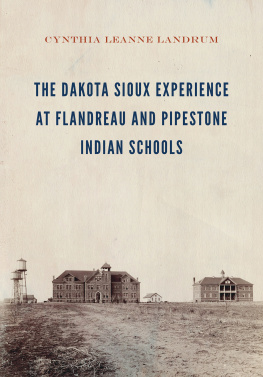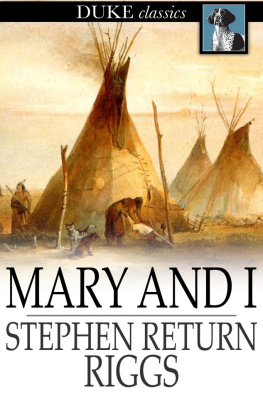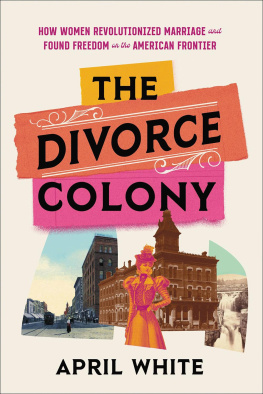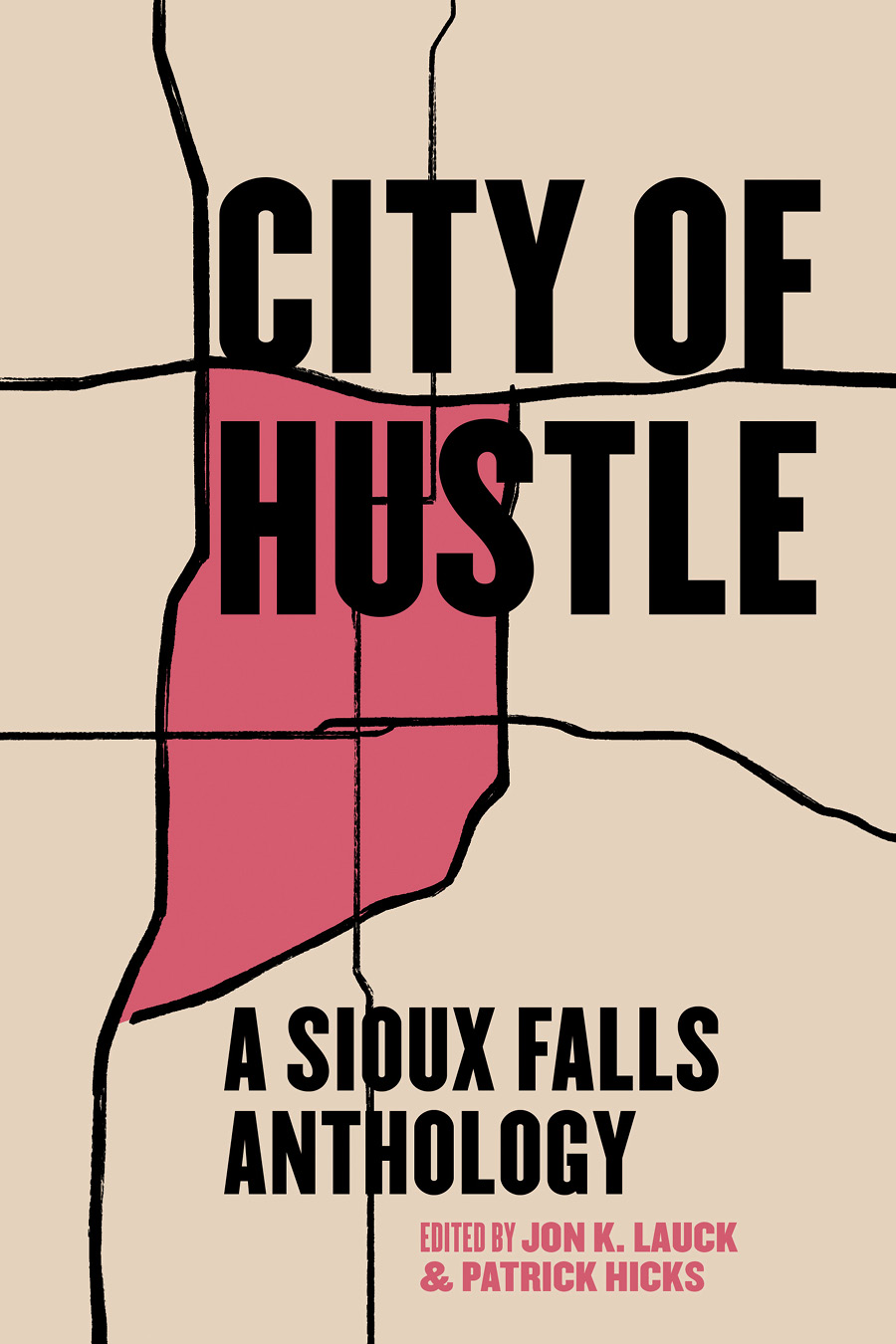More City Anthologies from Belt
A Lovely Place, a Fighting Place, a Charmer: The Baltimore Anthology
The Indianapolis Anthology
The Dayton Anthology
The Louisville Anthology
The Gary Anthology
Car Bombs to Cookie Tables: The Youngstown Anthology, Second Edition
The Columbus Anthology
The St. Louis Anthology
Under Purple Skies: The Minneapolis Anthology
The Milwaukee Anthology
Rust Belt Chicago: An Anthology
Grand Rapids Grassroots: An Anthology
Happy Anyway: A Flint Anthology
The Akron Anthology
Right Here, Right Now: The Buffalo Anthology
The Cleveland Anthology, Second Edition
The Pittsburgh Anthology
A Detroit Anthology
The Cincinnati Anthology
Copyright 2022, Belt Publishing
All rights reserved. This book or any portion thereof may not be reproduced or used in any manner whatsoever without the express written permission of the publisher except for the use of brief quotations in a book review.
First Edition 2022
EBOOK ISBN: 978-1-953368-36-2
Belt Publishing
5322 Fleet Avenue, Cleveland, OH 44105
www.beltpublishing.com
Book design by Meredith Pangrace
Cover by David Wilson
To Harry F. Thompson
for his dedication to this city and this region
Contents
e
Preface
Patrick Hicks
It started at the Paramount. This chic cocktail bar in downtown Sioux Falls had become our place to unwind after work on Fridays and, over a few beers, Jon and I came up with the idea of an anthology about South Dakotas largest city. It was late summer 2019, and as usual, we had the place mostly to ourselves. The bartender was busy slicing lemons and a jazz pianist was setting up for the night.
We knew there were great stories about our city, and we also knew there was a deep reservoir of talented writers who could bring Sioux Falls to life on the page. The more we talked, the more excited we got. We started to write down possible topics on a napkin with a ballpoint pen but quickly switched to a sheet of paper when one idea led to another. Soon, we had a list of essay ideas and we knew we had a book on our hands.
That book is now in your hands.
What makes this anthology unique is not only the variety of voices held between the covers but also the stories that shed greater light on the city. Even though Ive lived in Sioux Falls for over twenty years, there were things I didnt know about this place I call home. Thanks to the writers who contributed to this anthology, I can now walk around a little more slowly and consider what makes this placethis vibrant placespecial. One of the great joys of coediting this anthology has been seeing Sioux Falls through the eyes of others.
But Im getting ahead of myself.
Lets get back to the Paramount for a minute.
Jon and I held weekly meetings and the occasional fishing trip to Blue Dog Lake in order to figure out more topics for the book. As time went by, we invited other writers to help us brainstorm. The list grew. Topics were assigned. The table of contents began to take shape. All we needed now was a publisher. It was important to us that the project had a home from the very beginning because we felt we owed that to our contributors. If they were willing to spend time doing research, we wanted them to know from the outset that the book was definitely going to be printed.
It was Jons idea to contact Belt Publishing. He had mentioned their wildly popular City Anthology Series and suggested that our book would be perfect for their catalog. For several years now, Belt Publishing has been creating anthologies devoted to cities in the Midwest, and they have already published extremely popular collections centered around Cleveland, St. Louis, Minneapolis, Pittsburgh, Detroit, Milwaukee, and many other places. Belt was founded in 2013 by Anne Trubek, and in its nearly ten years of operation, it has produced wonderful books that focus on the Rust Belt and the Midwest. Anne was a professor at Oberlin College from 1997 to 2015, where she taught courses in journalism and rhetoric; she resigned her tenured position in order to start a press that might amplify the literary voices of her community. Belt offers vital space for stories from our region that need to be told, and when Jon suggested that our book aligned with Belts mission, it was obvious that we should approach Anne. But would she be interested in an anthology about South Dakotas largest city? With a population of nearly 200,000 we would be the smallest city in the series.
Happily, when we contacted Anne, she was interested in the idea and wanted to know more. Emails were sent, questions were asked about marketing, a proposal for launching the book was created, and before too long, we had a contract. We were on our way, and the essays started to roll in.
For a literary project like this, we wanted a wide variety of voiceswe wanted to represent the community as best as we couldand we were deliberate in reaching out to those who could speak with authority. It was especially important that we honored Native voices because we wanted to begin with an understanding that the land of Sioux Falls is the a ncestral territory of the Oceti Sakowin (Seven Council Fires), which was an alliance that consisted of the Santee, Yankton, and Lakota. We were therefore pleased when Avery Jones agreed to write Hdihunni, which explores language, and George Shurr gave us his excellent essay, Blood Run. Both are necessary reminders of the rich life existing on this land long before the city of Sioux Falls came into being.
As the book grew, it became obvious that certain topics had to be mentioned. Could there be an anthology of Sioux Falls without, say, an essay on the Big Sioux River or Falls Park? How about John Morrell, the Cathedral of Saint Joseph, the universities, or Phillips Avenue? These things had to be in the anthology. We also knew that we needed experts to write about the hospitals and banks that anchor the economy. O ther topics came to us almost accidentally when writers approached us with something they wanted to say. This is how we learned about Fenns Bros., the Nordic Hall, the Pomp Room, the lost history of the wonderfully whimsical Joyland Park, the incredible life of Joe Foss, and the surprising history of brewing beer in Sioux Falls.
After a year of collecting essays, w e began to order the table of contents so that topics were clustered into groups. In this way, writers seemed to be in conversation with each other rather than scattered randomly here and there. For an anthology such as this, however, the table of contents is simply a suggestion for how to read it. Order, of course, is relative. Just because weve placed these essays in a way that makes sense to us as editors, this doesnt mean that you have to follow the pages in sequence. In fact, its very likely that youll jump around, reading first one essay that captures your attention and then flipping past fifty pages to read another. This is as it should be. We all see our city differently, so why should reading about Sioux Falls be the same for everyone?
We had a lot of fun turning this idea into a reality, and there are many people who helped us along the way. We want to thank Anne Trubek and everyone at Belt Publishing for believing in the project and giving our anthology a home. Were grateful and delighted that Sioux Falls has joined the City Series. We also want to thank the writers who made this book possible by sharing their expertise, stories, and passion. Without them, we wouldnt have a book at all, and their essays have helped widen the lens of how we view Sioux Falls. The writers in this anthology were generous with their time, they offered suggestions on how we could make the book better, and they quietly taught us more about our city.










